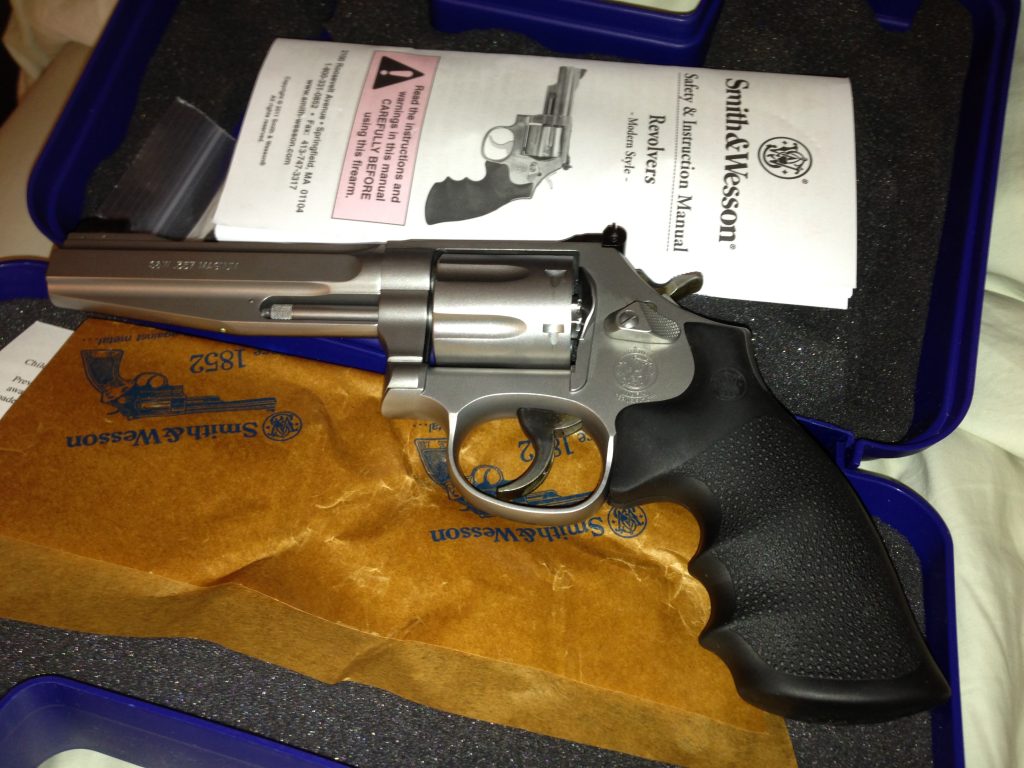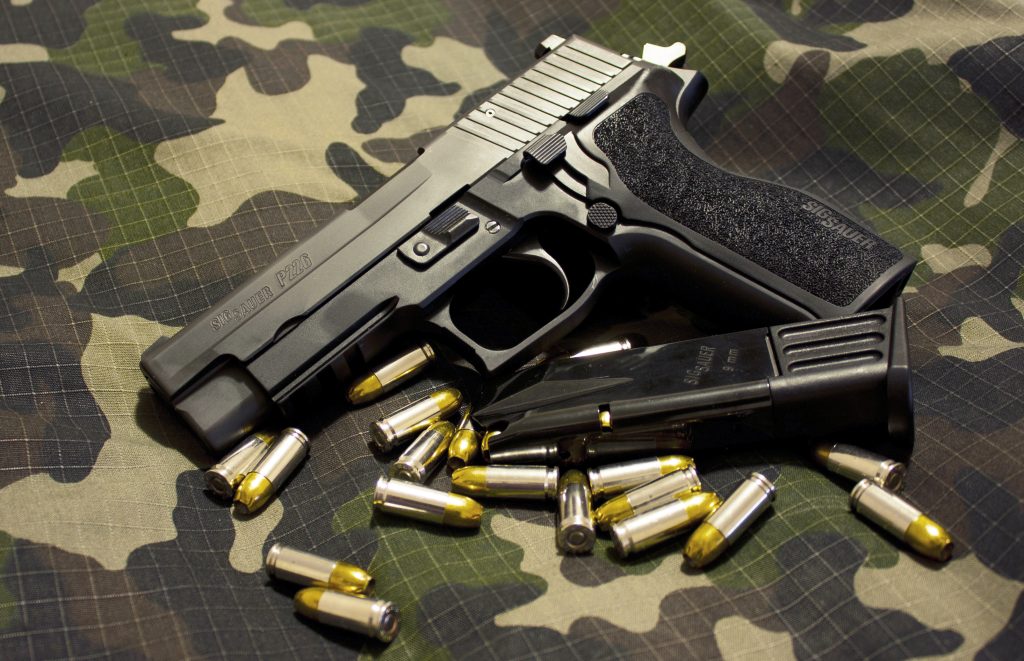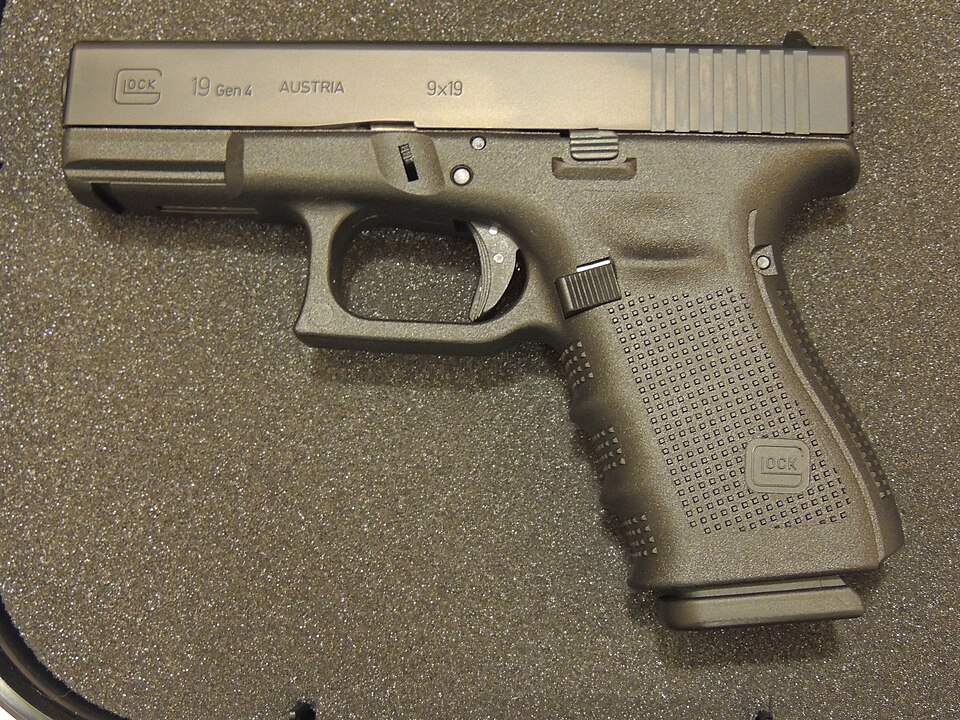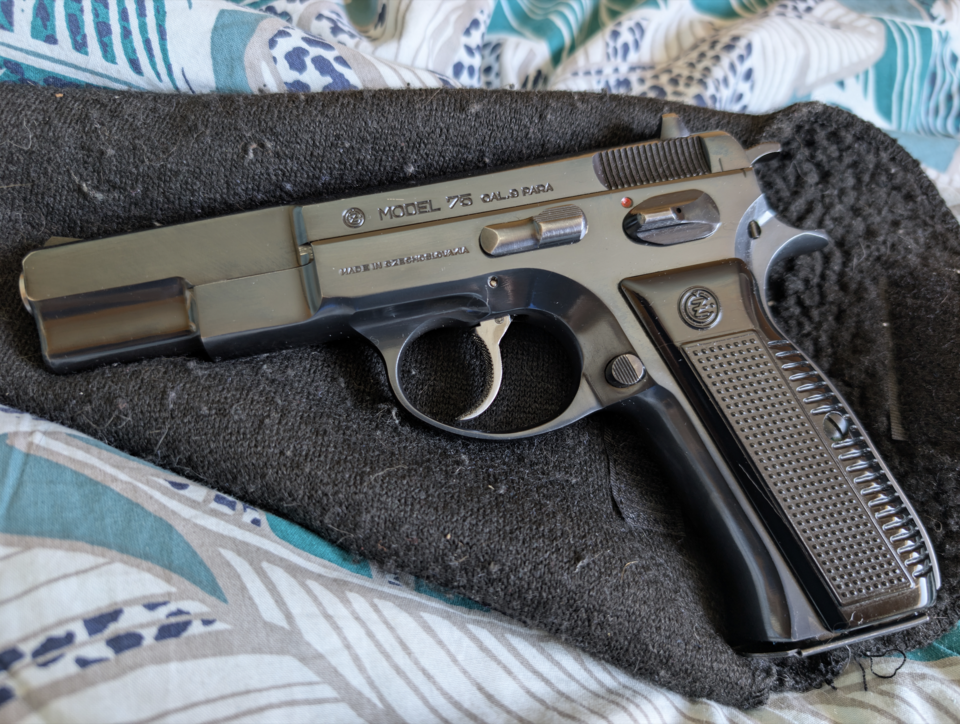
What keeps some sidearms in the holsters of elite units decades after their debut? In a world dominated by polymer-framed pistols, a few metal-frame classics continue to hold their ground-not out of nostalgia, but because they turn in performances operators can depend on when the chips are down. These handguns have been battle-tested in combat zones, clandestine missions, and the harshest of environments where reliability isn’t an option.
From Cold War legends to revolvers that refuse to fade away, each has a story situated in engineering excellence and battlefield credibility. The list below explores five iconic metal handguns, still favorites among elite forces, breaking down their design, history, and enduring appeal.

1. Smith & Wesson Model 686
But in an era of semi-automatics, the Smith & Wesson Model 686, with its all-stainless-steel build, redefined what it meant for a revolver to be resilient. Of course, full-power .357 Magnum loads would necessitate the L-Frame it was built off of, which has married this strength with accuracy, keeping it relevant since the 1980s. It sported adjustable sights and came in a variety of grip options, making it equally at home in competition or duty.

The heft of the revolver absorbs recoil, allowing for fast, multiple follow-up shots even with magnum loads. Even examples from several decades ago still function today, furthering its reputation for mechanical longevity. As many detailed reviews have shown, the 686’s smooth double-action trigger and solid build made it one of the “guns to ride the river with” for those concerned with utter reliability over magazine capacity.

2. SIG Sauer P226
Originated for the U.S. military’s XM9 trials, the SIG Sauer P226 came within a hair of winning the contract over Beretta’s 92F. With its alloy frame, DA/SA trigger, and renowned decocking lever, it created a platform prized for accuracy and safety in high-stress operations. It’s found its home with operators like the Navy SEALs, where there is no option to fail.

Weighing 34 ounces, the mass of the P226 truly tames recoil to become among the most controllable full-size duty pistols available. It’s favored by operators for its great ergonomic grip and reliability across 9mm to .357 SIG calibers. Although more expensive than many rivals in polymer construction, the build quality and track record justify investment for elite units.

3. Glock 19
While polymer-framed, the Glock 19 is included here for its unparalleled operational footprint among special operations forces around the world. Compact but full-featured, it boasts a 15-round capacity, striker-fired simplicity, and a reputation for functioning under extreme abuse. Units ranging from Army Special Forces to the British military have adopted it under various designations.

Equipped with the Safe Action trigger system, the pulls are always consistent, and the modularity in design enables mission-specific tailoring with optics, suppressors, and extended magazines. Its size makes the Glock 19 versatile enough to serve both as a duty sidearm and a concealable weapon for covert roles.

4. Beretta 92 / M9
The Beretta 92, also known as the M9 in military terminology, replaced the M1911 in 1985. The Beretta 92 brought NATO-standard 9mm chambering and a 15-round magazine to U.S. forces. The aluminum alloy frame, open-slide design, and ambidextrous safety/decocker made for one durable, user-friendly sidearm. After early controversies over slide failures traced to overpressure ammunition, fixes like the enlarged hammer pin restored confidence.

The M9 served from the Gulf War through Afghanistan, becoming the face of the Global War on Terror. The impact it would eventually have on later designs is not to be understated, either, with many ergonomic and control layouts reflecting this within the industry. Modernized variants like the M9A3 maintain relevance with accessory rails and optics compatibility.

5. CZ 75
The CZ 75, from the Koucký brothers in Czechoslovakia, made its debut in 1975; now it was sporting an all-steel frame and internal slide rails for better accuracy and lessened recoil. Its DA/SA trigger and Browning-type linkless cam lock system delivered superb handling, earning it a place among the first “Wonder Nines.” Global patents were not possible due to Cold War politics, so the pistol’s design was cloned worldwide by various manufacturers. As stated in historical records, from Turkey to Israel, militaries favored the CZ 75 for its ergonomic grip and mechanical reliability, with variants like the SP-01 tailored for tactical use.
Close to five decades later, the pistol remains a benchmark in combat, cherished for the now de rigueur mix of ruggedness, accuracy, and shooter comfort. These five sidearms are proof that engineering excellence and proven field performance can keep a design relevant for decades. Whether forged in steel or alloy, their reputations are built on delivering when it matters most. In the hands of elite forces, they are more than just weapons-they are trusted tools shaped by history, refined by experience, and carried with confidence into the most demanding missions.


